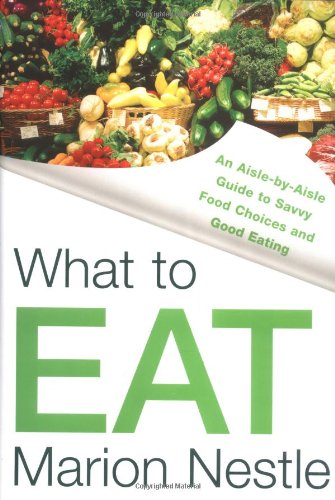Turning the Tables: Restaurants from the Inside Out - Steven A. Shaw
 About: Go behind the swinging doors of the restaurant world with eGullet's irreverent Fat Guy.
About: Go behind the swinging doors of the restaurant world with eGullet's irreverent Fat Guy.Have you ever wondered how that flawless piece of fish or that rare farmstead cheese reached your plate? Or how to read between the lines of a restaurant review? Or why some restaurants succeed while others fail?
Steven A. Shaw has the answers -- and he offers them up with style and humor. More than a how-to guide, Turning the Tables is an exploration and a celebration of the incredibly intricate workings of professional kitchens and dining rooms.
No snooty critic, Shaw has crisscrossed North America in search of insider knowledge at every level, from temples of haute cuisine to barbecue joints and hot dog stands. He has gone undercover in kitchens and dining rooms, trailed top restaurateurs and suppliers, and has the burns, girth, and aching feet to prove it.
In Turning the Tables, Shaw weaves an intriguing tapestry of journalism and opinion to deliver an unprecedented look at every aspect of the world of restaurants. His infectious enthusiasm and penetrating observations make Turning the Tables a joy to read. It is a paean to the cooks, servers, farmers, and restaurateurs who sustain us, and an unrivaled examination of a world that remains hidden to most.
My thoughts: A fun and easy read with some good advice about how to get reservations at uber popular restaurants ("polite but confident persistence" is key). He advises readers to take the information in guides like Zagat's and restaurant reviews with a grain of salt: remember, they're just opinions. He also doubts the accuracy of Michelin ratings in Europe and America. This man is really opinionated, which is especially annoying when I disagree with what he's saying. Case in point, he states that organic produce is not superior to the regular stuff. He also thinks that grass and grain fed animals are nothing special. Steven Shaw needs to read "What to Eat" AND "Fastfood Nation."



